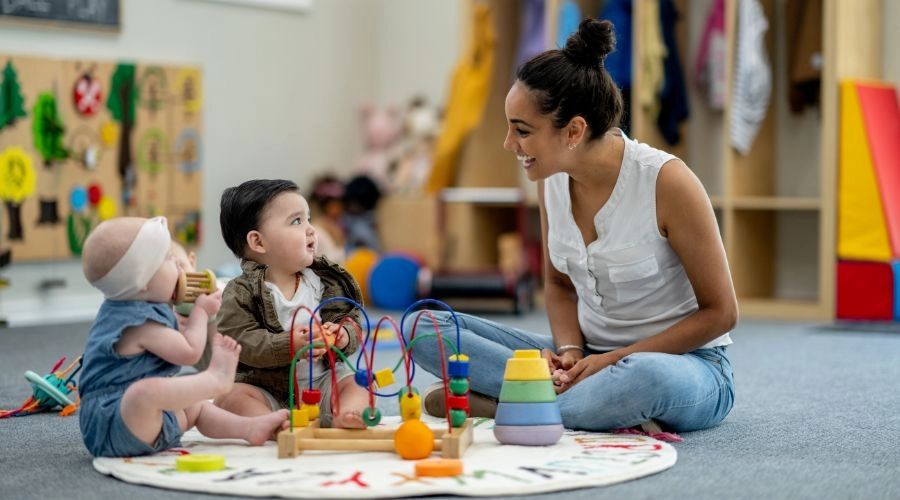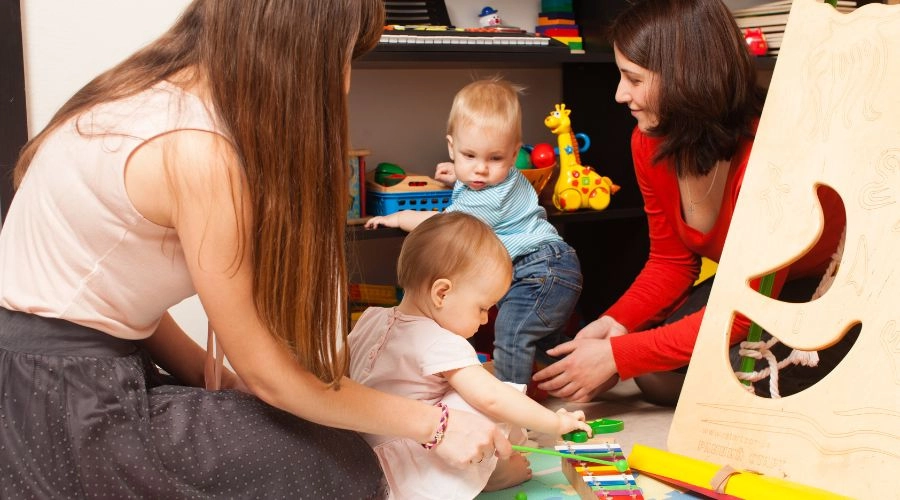In an increasingly globalized world, the ability to communicate in more than one language is a valuable skill. Language immersion programs offer a unique opportunity for children to acquire a new language through comprehensive exposure and practice. However, selecting the right immersion program for your child requires careful consideration to ensure it meets their needs and enhances their learning experience. Here’s a guide to help you navigate this process and support your child’s journey.
Visit https://www.paramusdaycare.com/ for more details.
How to Decide Whether Language Immersion Education is Right for Your Child
Before diving into the details of specific programs, it’s essential to assess whether a language immersion program aligns with your child’s needs and interests. Consider the following questions:
Interest in Language Learning: Is your child curious about learning a new language? A genuine interest can significantly enhance their immersion experience.
Adaptability: How well does your child adapt to new environments? Immersion programs often involve a transition to a new language and culture, which can be challenging for some children.
Learning Style: Does your child thrive in interactive and hands-on learning environments? Immersion programs typically use experiential methods that suit certain learning styles better than traditional methods.
Factors to Consider When Selecting a Language Immersion Program for Preschoolers
When choosing a language immersion program, especially for preschool-aged children, consider the following factors:
Program Structure and Curriculum: Ensure the program offers a well-rounded curriculum that integrates the new language with various subjects. The curriculum should be engaging and age-appropriate, fostering both language skills and overall development.
Qualified Instructors: Look for programs with experienced, native, or fluent language instructors. Teachers should have a strong background in early childhood education and language acquisition.
Cultural Integration: Immersion programs should not only focus on language but also introduce children to the culture associated with it. Cultural experiences can make the learning process more enjoyable and meaningful.
Class Size and Teacher-to-Child Ratio: Smaller class sizes and lower teacher-to-child ratios allow for more personalized attention and better language practice.
Facilities and Resources: Check if the program uses high-quality materials and resources that support language learning, such as interactive media and bilingual books.
Parental Involvement: Programs that encourage parental involvement can enhance the learning experience. Look for opportunities to engage with your child’s learning process and participate in language-related activities.
How Do You Immerse a Child in Language?
Immersing a child in a new language involves creating an environment where the target language is used consistently and naturally. Here are some strategies:
- Daily Exposure: Integrate the language into daily routines through conversations, reading, and interactive activities.
- Cultural Activities: Participate in cultural events, watch films, listen to music, and engage in activities related to the language.
- Language Playdates: Arrange playdates with other children who speak the language or attend language-specific playgroups.
- Educational Media: To reinforce learning, use educational apps, games, and multimedia resources in the target language.
9 Ways to Support Your Children in Language Immersion
Supporting your child through their immersion journey can make a significant difference. Here are nine ways to do so:
1. Encourage Practice: Create opportunities for your child to practice the language daily through conversation, storytelling, and games.
2. Be Patient: Language acquisition takes time. Encourage your child to be patient and persistent.
3. Celebrate Progress: Acknowledge and celebrate milestones and achievements in language learning to boost motivation.
4. Learn Together: Learn the language alongside your child. This shows support and can make the process more enjoyable.
5. Stay Informed: Keep up-to-date with the program’s curriculum and progress to support your child effectively.
6. Provide Positive Reinforcement: Offer praise and rewards for effort and improvement, not just for correctness.
7. Create a Supportive Environment: Ensure your child feels comfortable making mistakes and learning from them without fear of judgment.
8. Encourage Cultural Exploration: Foster an interest in the culture associated with the language through books, films, and cultural experiences.
9. Communicate with Educators: Maintain open communication with your child’s teachers to address any concerns and stay informed about their progress.
Conclusion
Choosing the right language immersion program for your child is a decision that can have a lasting impact on their cognitive development, cultural awareness, and future opportunities. By considering factors such as program structure, instructor qualifications, and the level of cultural integration, you can select a program that aligns with your child’s needs. Supporting your child through their immersion journey with encouragement, patience, and active participation will help them thrive in their new linguistic and cultural environment. With the right program and support, your child can embark on a rewarding path of multilingualism that will benefit them for years to come.






